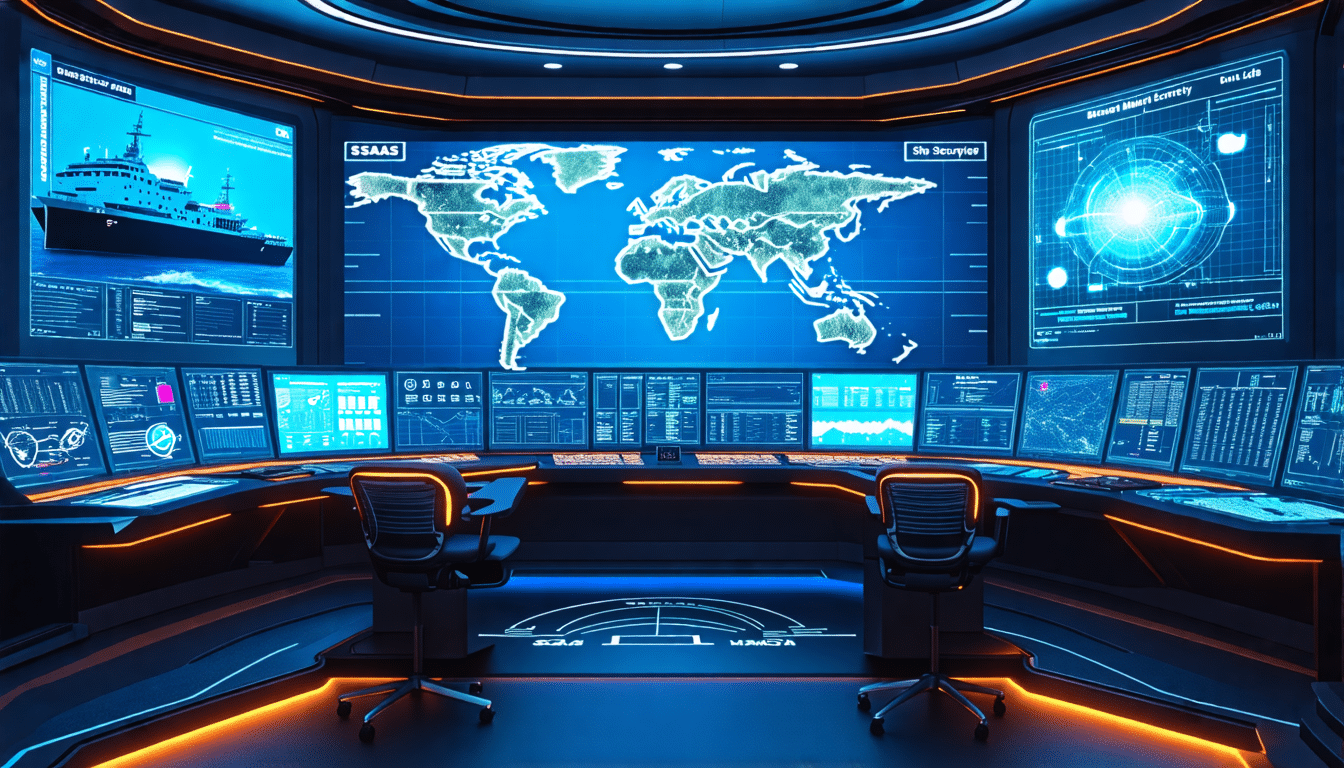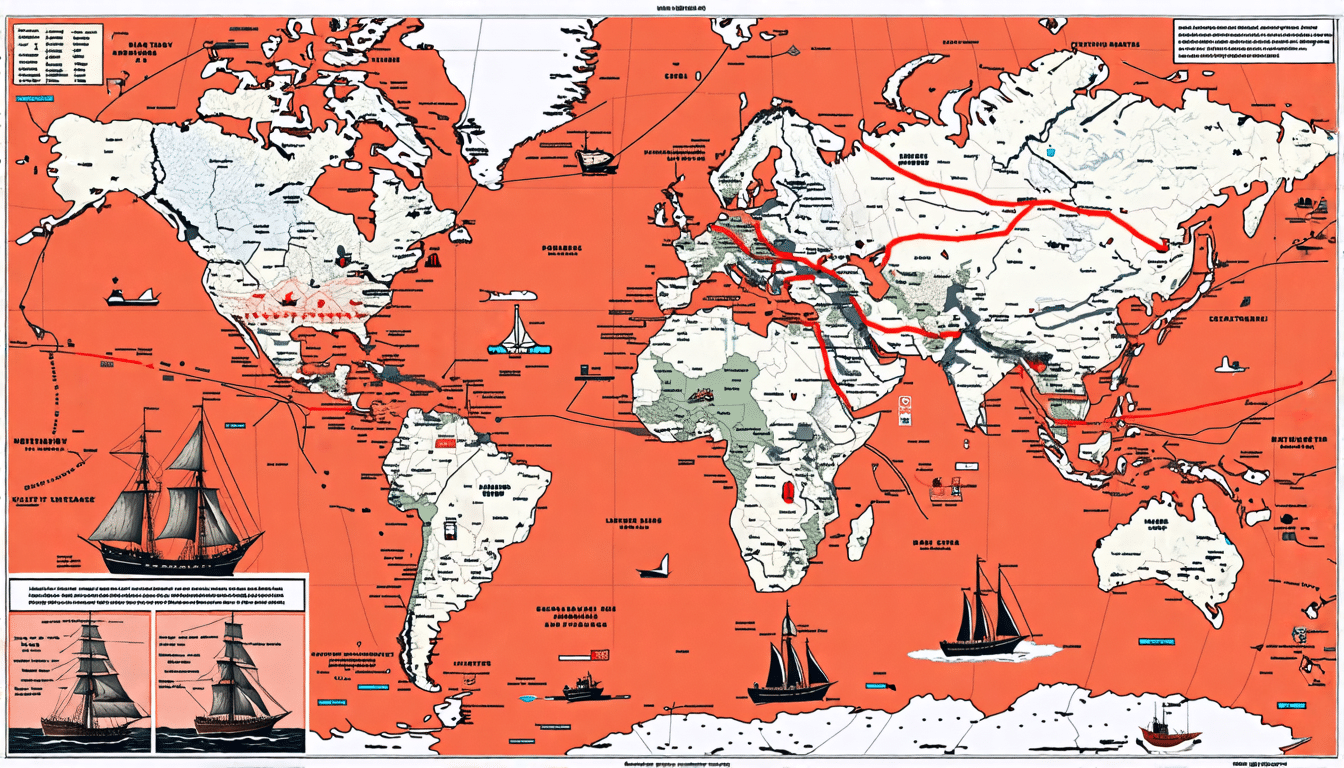In the ever-evolving battle against piracy, the maritime industry stands at the threshold of a groundbreaking advancement: laser weapons. Traditional anti-piracy measures such as armed guards, water cannons, and defensive maneuvers, while effective to an extent, often come with significant limitations. These conventional methods can be costly, pose substantial risks to human life, and occasionally fail to deter increasingly bold and sophisticated pirate attacks. Enter laser technology, a revolutionary solution poised to transform maritime security.
Laser weapons, with their precision and non-lethal deterrence capabilities, offer a cutting-edge alternative to traditional anti-piracy measures. These high-tech systems can target and incapacitate hostile forces without causing fatalities or incurring extensive collateral damage. This makes them a highly attractive option for vessels navigating piracy-prone waters. The importance of maritime security cannot be overstated—over 80% of global trade by volume is carried out via sea routes. Ensuring the secure passage of goods is critical not just for individual shipping companies but for the stability of international trade and commerce as a whole.
The advent of laser weapons on the high seas promises to enhance the operational capabilities of maritime security forces. Offering pinpoint accuracy and the ability to neutralize threats from a safe distance, laser systems can effectively deter pirates before they can inflict harm. Furthermore, the cost-effectiveness of deploying laser technology — due to lower operational costs and reduced risk of damage to expensive maritime infrastructure — makes it a pragmatic choice for enhancing shipboard defense mechanisms. Through real-world applications and case studies, the efficacy of laser weapons in thwarting piracy attempts has been demonstrated, heralding a new frontier in the fight against maritime crime. As we step into this innovative era, the prospect of leveraging laser weapons for maritime security stands to redefine the very essence of anti-piracy measures, ensuring safer seas for global trade.
Introduction to Laser Weapons in Maritime Security
Overview of Traditional Anti-Piracy Measures and Their Limitations
Maritime piracy has been a longstanding threat to global shipping lanes, necessitating the deployment of various anti-piracy measures over the years. Traditional methods include armed security personnel on vessels, naval warship patrols, and the use of water cannons and barbed wire to repel boarding attempts. While somewhat effective, these measures present significant limitations. Armed guards can escalate violence, potentially leading to casualties, and naval patrols are resource-intensive and not always available in piracy hot zones. Additionally, passive defenses like barbed wire can be circumvented and do little to deter persistent pirates.
Introduction to Laser Technology as an Innovative Solution
In response to these challenges, laser technology has emerged as a groundbreaking innovation in maritime security. Laser weapons, also known as directed energy weapons (DEWs), offer a non-lethal means to deter and incapacitate pirates without the substantial risks associated with traditional methods. Unlike kinetic weapons, lasers operate at the speed of light and can be precisely targeted to disable specific components of pirate vessels or temporarily blind assailants, thereby halting their advance. This level of precision and control marks a revolutionary step forward for maritime defense strategies.
Importance of Maritime Security in Global Trade
Ensuring the security of maritime routes is crucial for maintaining the smooth flow of global trade. Over 90% of the world’s goods are transported by sea, making the protection of shipping lanes a priority for international commerce. The economic impact of maritime piracy can be profound, leading to increased shipping costs, elevated insurance premiums, and disrupted supply chains. Effective anti-piracy measures are essential not only for the safety of crew and cargo but also for the stability of the global economy. By reducing piracy risks, nations can safeguard their maritime interests and ensure uninterrupted trade.
https://www.virtualmaritime.academy/vma-courses/
Advantages and Operational Capabilities of Laser Weapons
Precision and Non-Lethal Deterrence Capabilities
One of the standout advantages of laser weapons in maritime security is their unparalleled precision. Traditional anti-piracy measures, such as firearms and water cannons, often struggle with accuracy, particularly in the dynamic and unpredictable environment of the high seas. Laser weapons, however, can deliver pinpoint accuracy, allowing operators to target specific threats with minimal risk of missing the mark. This high level of precision is crucial when attempting to disable pirate skiffs or other small, fast-moving vessels without causing unintended injuries or damage to nearby assets.
Furthermore, laser weapons possess potent non-lethal deterrence capabilities. By design, these systems can be adjusted to deliver varying levels of intensity. At lower power settings, lasers can temporarily blind or disorient pirates, providing a strong deterrent without inflicting permanent harm. This non-lethal approach is particularly valuable in avoiding escalation and ensuring compliance with international humanitarian laws that govern maritime conflict. As a result, shipping companies and naval forces can leverage laser technology to ward off threats effectively while maintaining ethical engagement standards.
Reduced Collateral Damage and Cost-Effectiveness
Laser weapons are also distinguished by their ability to minimize collateral damage. When traditional weapons such as bullets or explosive munitions are employed, there’s a significant risk of unintended casualties or damage to nearby marine environments. Laser systems, however, deliver focused energy precisely where it’s needed, thereby significantly reducing the likelihood of collateral harm. This precision proves invaluable in densely trafficked shipping lanes where indiscriminate firing could have catastrophic consequences.
From an operational standpoint, the cost-effectiveness of laser weapons cannot be overstated. Unlike conventional ammunition, which must be continuously replenished, lasers are powered by electricity, making their operational costs substantially lower over time. Initial investment in laser technology might be high, but the long-term savings from reduced ammunition costs and fewer required security personnel make it an economically sound choice for both commercial shipping companies and naval forces. Additionally, the maintenance and logistical footprint of laser systems are generally lower, further boosting their cost-efficiency.
Case Studies and Real-World Applications
The practical implementation of laser weapons in piracy prevention has seen several successful case studies. One notable instance is the deployment of the LaWS (Laser Weapon System) aboard the USS Ponce by the United States Navy. LaWS has demonstrated its effectiveness in disabling drones, small boats, and other potential threats from a distance, proving that laser systems can operate in real maritime conflict scenarios. This deployment marked a significant milestone in naval warfare, showcasing the practical utility of lasers in real-world maritime security operations.
Another compelling example is the use of laser dazzlers by commercial shipping companies traversing high-risk piracy zones, such as the Gulf of Aden. These non-lethal laser weapons have proven effective in deterring pirate attacks by blinding assailants’ visual equipment, thereby impairing their ability to navigate or launch assaults. By using laser dazzlers, ships have successfully repelled multiple piracy attempts without resorting to lethal force, underscoring the practical benefits of this technology in protecting valuable maritime assets.
More recently, the integration of laser systems into broader maritime defense networks has highlighted their operational versatility. For instance, the European Maritime Safety Agency (EMSA) has been exploring the synergistic use of drones equipped with laser technologies alongside traditional naval patrols. This integrated approach enhances situational awareness and provides multiple layers of defense, making it more challenging for pirates to succeed.
In conclusion, the precision, non-lethal capabilities, reduced collateral damage, and cost-effectiveness of laser weapons make them a formidable asset in the fight against piracy. Real-world case studies further validate their effectiveness and herald a new era in maritime security where advanced technology ensures safer seas for global trade.
The advent of laser weapons marks a significant milestone in maritime security, presenting a viable and innovative solution to the longstanding issue of piracy. Traditional anti-piracy measures, while effective to some degree, have often been fraught with limitations, such as the potential for collateral damage and high operational costs. In contrast, laser technology offers precision and non-lethal deterrence, making it a promising alternative for safeguarding vessels and their valuable cargoes.
The operational capabilities of laser weapons demonstrate their superiority in multiple facets, including precision targeting which minimizes the risk of unintended harm. This is particularly crucial in bustling maritime passages where collateral damage could have severe consequences. Additionally, the cost-effectiveness of laser systems, both in terms of deployment and maintenance, renders them an attractive option for shipping companies and maritime forces. Real-world applications and case studies further underscore the practical benefits of incorporating laser weapons into anti-piracy arsenals, confirming their efficacy in deterring hostile actions without resorting to lethal force.
In conclusion, the integration of laser weapons into maritime security frameworks can significantly enhance the protection of global trade routes. As piracy continues to evolve, so too must the strategies and technologies employed to counter it. Laser weapons represent the forefront of this evolution, offering a modern, efficient, and humane approach to maintaining the safety and security of the high seas.




